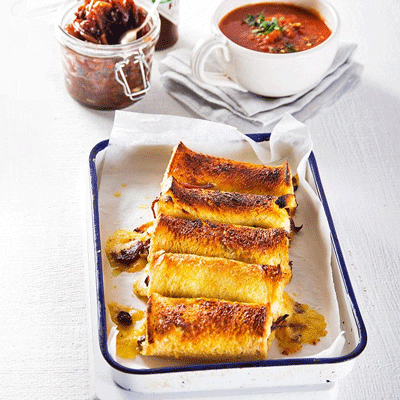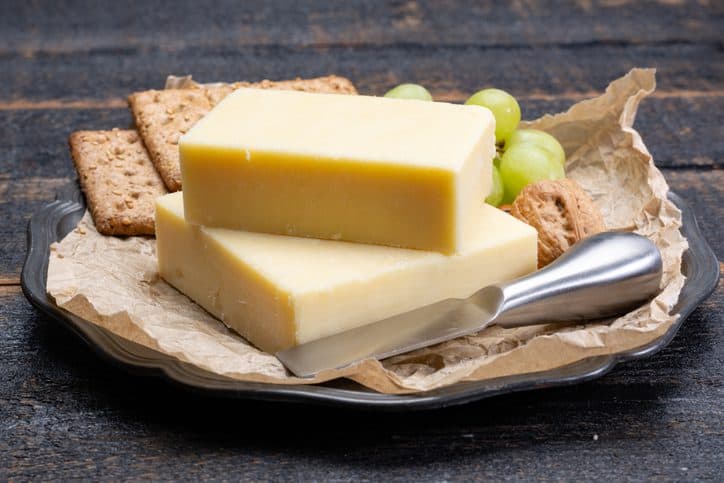After we get through the festive season and reach the end of the holidays, work and school activities return to their routine, and food shopping behaviour changes back from ‘entertaining and relax’ to ‘staple and convenience’ mode. Specialty cheeses start to drop off the weekly shopping list and the 1kg cheese block becomes the go-to most popular cheese once again. At the same time its price is used to gauge the increase of costs of living when discussing household grocery bill budgeting. There are several brands on the shelves to choose from and there is always at least one brand on promotional discounted price to attract the consumer decision at the expense of brand loyalty.
One-kilo or ‘volumetric’ cheese blocks (as categorised by the supermarket chains) or nicknamed as ‘Value-metric’ cheese blocks by category marketing analysts, are made from commodity low-cost cheeses (value-metric). The term ‘volumetric’ derives from volume-based calculations on how the cheese blocks are cut in order to comply with the ratio between weight and shape. These commodities cheeses are made in New Zealand by two or three large milk processing corporations who have adopted one of the most popular global formats, the 20kg cheese block. The conventional shape and size of this block satisfies both metric and imperial systems, it is easy to be palletised, containerised, sold and traded all around the world. Local cheese processors purchase these 20kg blocks in bulk at international trade auction prices and then they add value to these raw materials by converting them into smaller retail cheese blocks in state-of-the-art, fully automated cheese processing factories.
One 20kg block can be converted into eighteen 1kg blocks, twenty-seven 750g blocks, thirty-six 500g blocks. The cutting conversion occurs by pushing the 20kg block into a first high tensile wired frame that defines the first dimensional cut, called footprint, while the wires on the second frame will cut the height dimension and determine the final weight of the retail cheese block. That explains while all the retail cheese blocks have the same rectangular base profile, but they differ in thickness (height).

A block of cheese is perfect for classic Cheese rolls
And how about cheese types?
Originally the glorious cheddar was the only available option but later, three variations – mild, tasty and extra tasty – were introduced to improve variety by offering flavour profiles intensified by the cheddar ageing process. Edam was soon after introduced to provide a mellower and lower fat cheese option while Colby, the latest addition to the family of 1kg block cheese, is still a mystery to me as to how this American-style cheese made its way into our fridges and our sandwiches!







